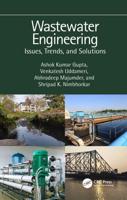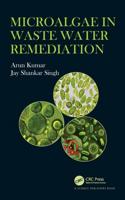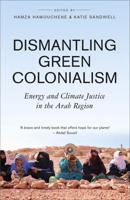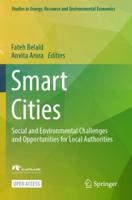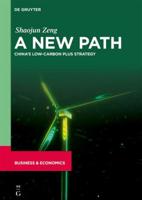Publisher's Synopsis
DOE prepared this EA to evaluate the potential environmental consequences of providing $1.6 million in financial assistance pursuant to a Congressional earmark to Boston Architectural College (BAC) for its Urban Sustainability Initiative for the Renovation of Public Alley #444. The financial assistance would be in the form of cost-shared funding. This EA analyzes the potential environmental impacts of DOE's proposed action of providing the grant funding and the No-Action Alternative. In this EA, DOE evaluated potential environmental impacts resulting from the proposed project on air quality, geology and soils, biological resources - sensitive species, water resources, cultural/historic resources, traffic, noise, aesthetics and visual resources, and socioeconomic resources. The proposed project would be designed in compliance with all federal and state regulations, would reduce storm water runoff into the Charles River Basin and would become an ongoing tool for the BAC curriculum and community public education. The project would include the installation of 13 to 15 open loop geothermal wells to provide heating and cooling energy to BAC's facilities; the installation of a green screen trellis system, planting soils, concrete pavement, pavers, landscaping; and mechanical upgrades (plumbing and electrical) to accommodate the geothermal solution into the facilities. Operation of the geothermal wells would not result in any increase in noise in the vicinity. The aesthetics of Boston's Historic Back Bay District community would be enhanced with the addition of the green screen trellis system, planting soils, concrete pavement, and pavers. After consulting with Massachusetts State Historic Preservation Office (SHPO) DOE has determinated that this project would not have an adverse effect on the historical Back Bay District. As part of the Green Alley Phase II, the green screen trellis system is a vine covered vegetated screen intended to provide an attractive visual amenity that benefits both the public and the institution by softening the appearance of two faces of an existing masonry block stair tower. Developing the geothermal wells on the BAC site would not significantly impact any population of plant or animal species. The project site is relatively small (less than 1.0 acre) and isolated from larger tracts of undisturbed land; nor does the area provide any unique habitats for special species. The Indiana bat (Myotis sodalist), an endangered species, is known to reside in Suffolk and Middlesex counties and in various locations throughout Massachusetts. However, given the localized construction area in the alley and the species' tendency to not stray from its wooded habitat, it is highly unlikely that the proposed action would have any negative impacts on the endangered Indiana bat species.




